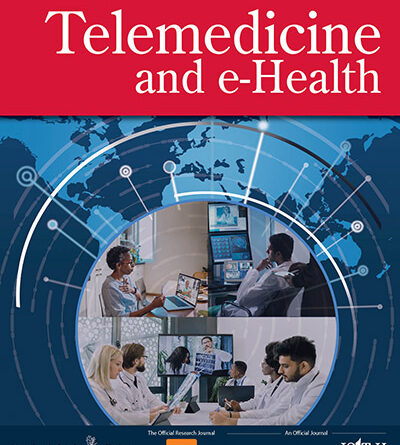Determining Post-COVID-19 Symptoms and Rehabilitation Needs in Hospitalized and Nonhospitalized COVID-19 Survivors with Tele-Assessment Methods
Objectives:This study aimed to evaluate the post-COVID-19 symptoms, the severity of symptoms, and functional capacities seen in hospitalized and nonhospitalized COVID-19 survivors according to time periods (total 6, 1–3, and 3–6 months) by tele-assessment methods and to predict the need for periodic rehabilitation of COVID-19 survivors.
Methods:Three hundred ninety-four COVID-19 survivors (50.18 ± 15.14 years) who were between 1 and 6 months after PCR(+) were included in the study, and their ongoing symptoms and the severity of these symptoms (0–10 points) were assessed with COVID-19 Yorkshire Rehabilitation Screening (C19-YRS) Tool, and the 30-s Chair Stand Test (CST) was applied by tele-assessment methods.
Results:In hospitalized and nonhospitalized survivors of COVID-19, 87% experienced at least one symptom within the first 6 months. The most prevalent symptoms were anxiety (47.7%), fatigue (46.7%), and muscle pain (45.7%). The most common symptom in the nonhospitalized group was fatigue (52.6%), whereas anxiety was 46.8% in the hospitalized group. The 30-s CST score of the nonhospitalized group was significantly higher than the hospitalized group (p < 0.001).
Conclusions:In the first 6 months post-COVID-19, musculoskeletal problems, anxiety, fatigue, and muscle pain were observed to be the most prevalent symptoms, regardless of time, in hospitalized and nonhospitalized survivors. There was a serious decrease in their functional capacity. Priority should be given to psychiatric, cardiopulmonary, and musculoskeletal rehabilitation in post-COVID-19. Inclusion of hospitalized/nonhospitalized COVID-19 survivors in a comprehensive rehabilitation program tailored to their needs by following a comprehensive tele-assessment by a multidisciplinary team will reduce the “long COVID-19 syndrome.”
ClinicalTrials.gov Registration Number:NCT04900441


